
430 Lamarque Street, located in the heart of Old Mandeville, Louisiana | CONTACT US | DIRECTIONS
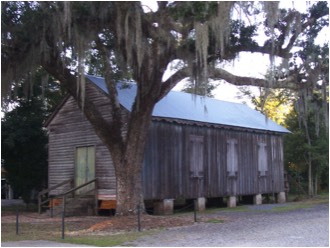
A decade later the organization laid a cornerstone and in 1895 constructed a small wooden building on Lamarque Street in what is now called Old Mandeville, 3 1/2 blocks from Lake Pontchartrain.
The Association, like many created among African American residents following the end of the Civil War, had chiefly benevolent goals—to care for the sick with food and attention; to provide help in funeral arrangements; to provide food for needy and temporary housing—all during a period of time when black residents could not obtain various types of insurance.
The hall on Lamarque Street, unpainted and nestled in a grove of ancient live oaks, is now considered the world’s oldest virtually unaltered rural jazz dance hall. It was built the same year that scholars agree was the year of the birth of traditional jazz in New Orleans.
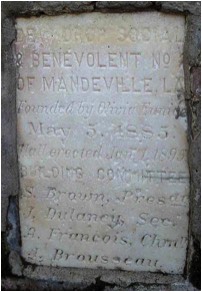
According to oral histories collected by jazz authority Karl Koenig, the Dew Drop was a major hub for jazz musicians and legions of loyal fans during the 1920 and 1930s. By the 1940s, black owned businesses were emerging offering insurance and the social necessity for benevolent associations began to wane. By the early to mid 1940s original members of the Dew Drop Association had died and the building became virtually abandoned. At the same time a new organization and hall called the Sons and Daughters Hall on Marigny Avenue was formed leaving the Dew Drop unused for decades.
In its heyday, the Dew Drop was a sparkling center of musical activity for more than 40 years. Documentation reveals that among those playing at the hall on a regular basis were Buddie Petit, considered the premiere cornet player in early New Orleans jazz. Many argue that Petit was better than Louis Armstrong before Armstrong switched to trumpet and went on to create much of the enduring history of the musical form.
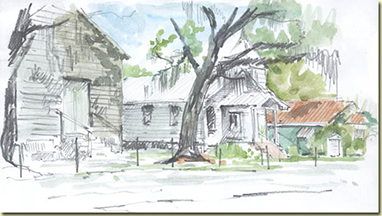
In 2000 the City of Mandeville obtained the building as a civic donation from then owner Jacqueline Vidrine, a Mandeville businesswoman, who also sold the city the plot of ground on which the building stands.
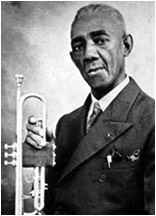
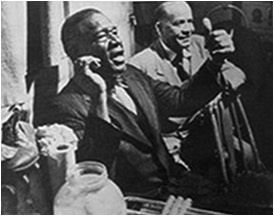
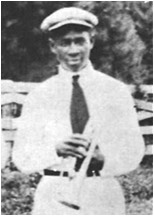
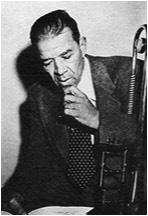
Bunk Johnson
Papa Celestin
Buddie Petit
Kid Ory
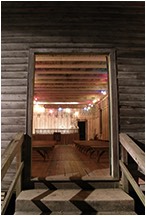
But, fortunately, the re-emergence of interest in the long neglected historic treasure did not stop there. In August of 2006 two members of the Mandeville City Council, Zella Walker and Trilby Lenfant, led an effort to create the Friends of the Dew Drop and get the organization registered as a non-profit.
In 2007, the board, composed of citizens of the area with knowledge about musical history and with a commitment to make the old building a vibrant social and benevolent force again, began meeting and planning the Dew Drop's rebirth. It produced three standing room only jazz shows in October, November and December of 2007. Since then the Friends of the Dew Drop have successfully staged approximately twelve concerts a year, divided between spring and fall seasons, with talent packed performances.
While at the Dew Drop many attest to feeling spirits of former jazz greats who played in the building at the turn of the century. With the large shutters thrown open and fans sitting on ancient church pews, spirited jazz bands transport audiences back in time to the early years of America’s most enduring cultural gift to the world—traditional New Orleans jazz.
OUR SPONSORS
